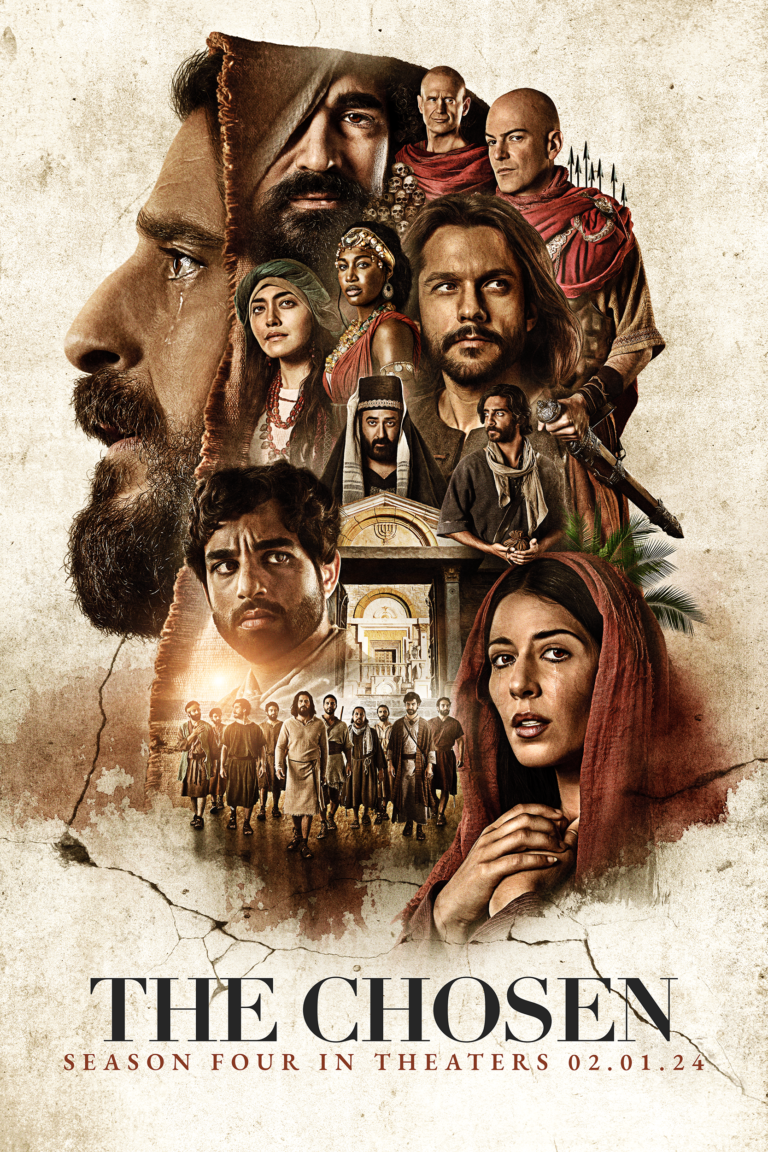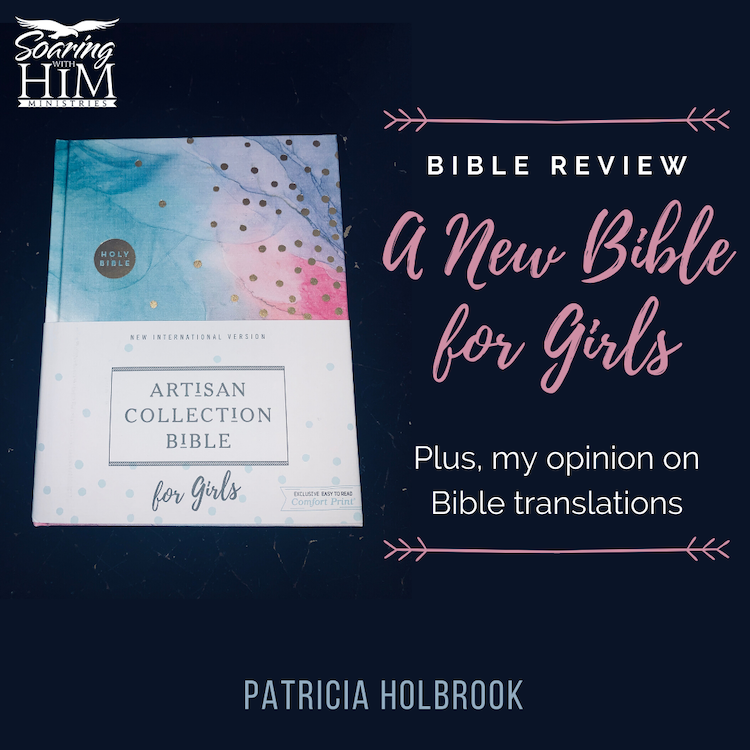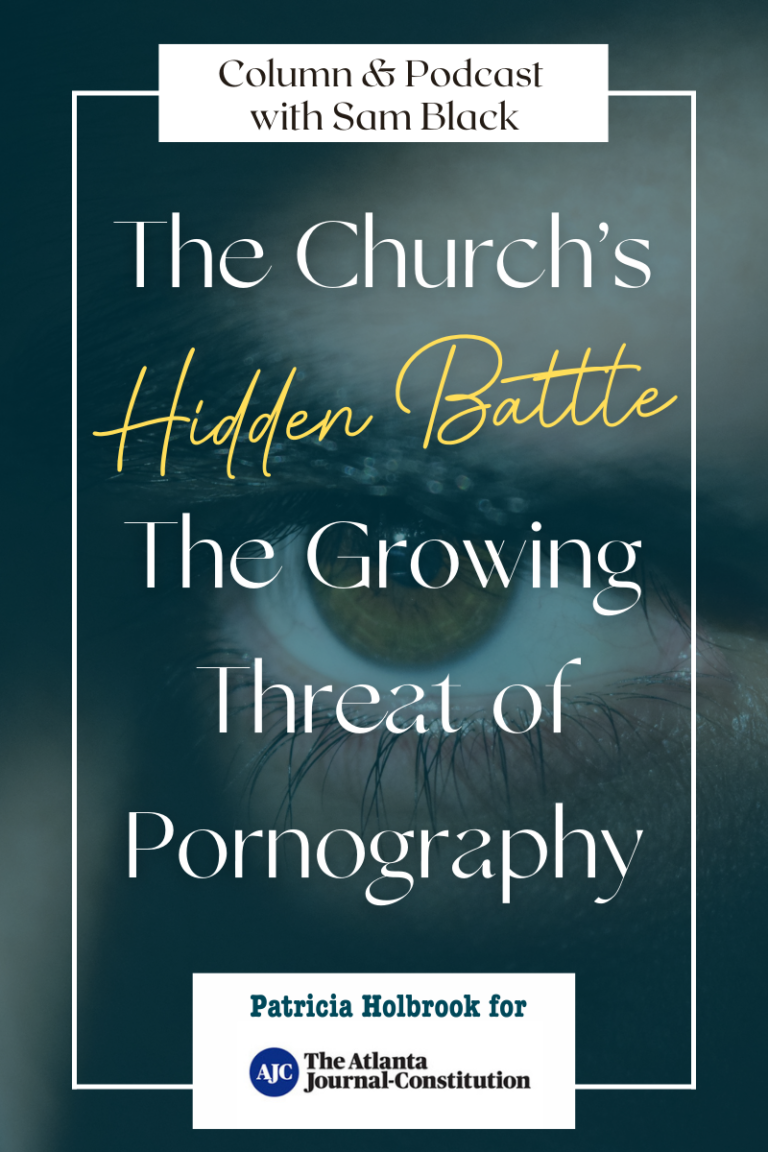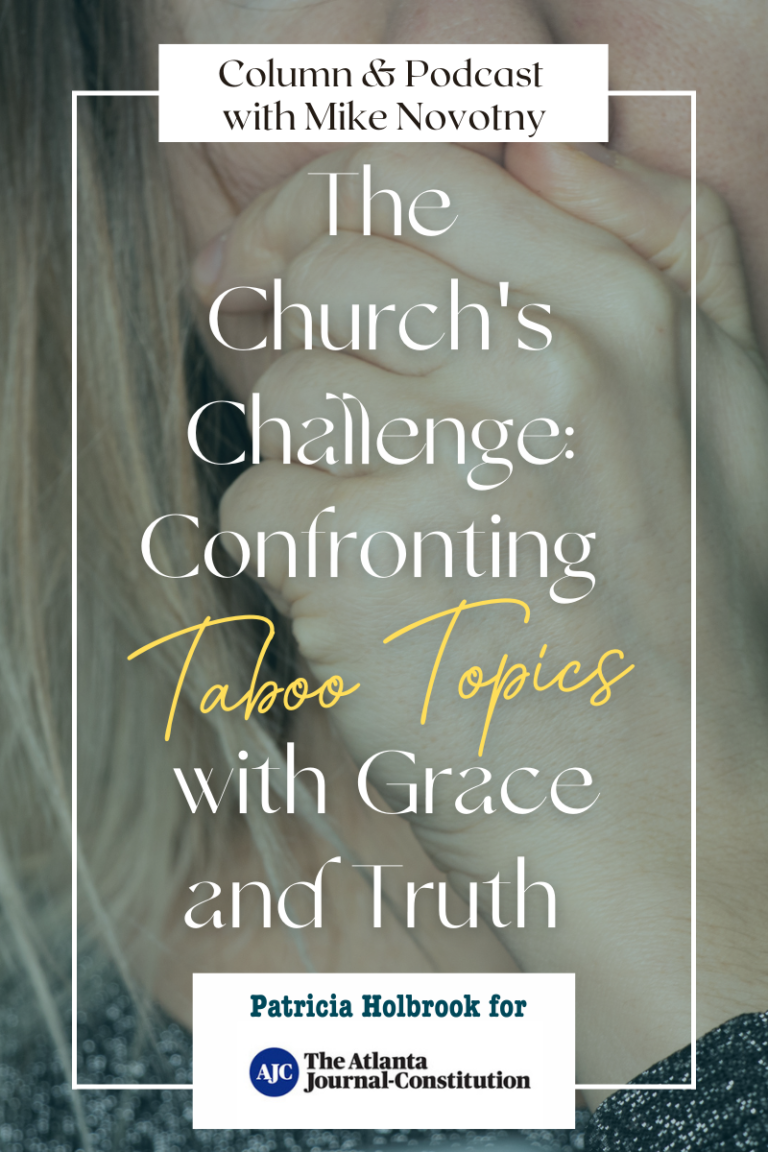A thorough knowledge of the Bible is worth more than a college education.” Theodore Roosevelt
“Within the covers of the Bible are the answers for all the problems men face.” Ronald Reagan
Studying, not just reading Scriptures, has changed the course of my life forever.
Anyone who knows me intimately understands that I approach reading the Bible a little differently. For example, in the 26 years since becoming a Christian, I have never followed a “read the bible in one year” reading plan. I also don’t read long stretches of scriptures. I take the bible in bite-sizes, chapter by chapter, with different study bibles open to the chapter I am reading, dictionaries, or the Logos software open to various commentaries.
I began this habit shortly after becoming a Christian and when I received my first study bible. The Life Application Bible that my (then boyfriend) gave me upon my first visit to America opened my eyes to understanding and applying the truths of God’s Word to my everyday life. I was a fairly new Christian and, even though I had been an ESL teacher for many years when we got married and I moved to the US, these study bibles have been instrumental in helping me better understand certain passages of Scripture in my second language.
What started with a way of better applying biblical principles to my life became a passion to unravel Scriptures. By understanding the historical background, correlations between the Old and New Testament, my faith has been strengthened, renewed, and God has helped me navigate life’s difficult trials in victory by the power of His Word.
So when BibleGateway invited certain #BibleGatewayPartners to review newly published study bibles, I was glad to sign up. Since then, I have had the privilege to receive free copies of bibles such as Zonderman’s new Life Application Bible (NIV version), The Jesus Bible, The Quest Bible, and the NIV Journal the Word Bible for girls. You can find my reviews by clicking on the bible titles in this paragraph.
This past month, I received a free copy of the new Halley’s Study Bible for review.
Henry H. Halley was an author, minister, and Bible lecturer who lived from 1874 to 1965 and is best known for the Halley’s Bible Handbook – a resource that has become a favorite for many believers through the years.
His handbook was born from a belief that we both share: everyone can and should be not just a reader, but a student of God’s Word. Henry began memorizing scriptures after starting a contractor career and spending hours commuting on a train. It was during one of those trips that God gave him the idea to start memorizing Scriptures. He started with the Sermon of the Mount. Next he memorized the book of James. As it stated in the foreword of the Halley Study Bible: “Over a period of about ten years, the preacher-builder spent at least ten thousand hours in achieving probably one of the greatest feats of memorization of Scripture know to humankind.” Eventually, he was able to recite 25 hours of Scripture!
In 1922, God directed him to put together a leaflet titled: “Suggestions Concerning Bible Study”. This booklet was the first draft of what later became the Halley’s Pocket Bible Handbook. In 1960, Henry granted Zondervan Publishing the rights to the handbook. It became one of the most influential and bestselling resources Zondervan ever printed. in 1962, Billy Graham’s crusade started giving away that resource to all those who accepted Jesus as their Lord and Savior during their events. Today, there are over 6 million copies to print.
I received my free copy of the NIV Halley’s Study Bible half-way through my current study of the book of Jeremiah. Even though it is not printed in my translation of choice (NASB), the resources inside this bible added much-appreciated insights to my study. Here are some of the added resources for the reader:
- Insightful introduction about the author and these of each book of the bible, which some historical and scholarly knowledge concerning the era.

![]()
- Beautiful, colorful illustration of places and objects as found in archeological sites, tying these to the passages of Scriptures.

- A short introduction and explanation before certain chapters, always with an application of the meaning to Israel (or to the reader) – a much-needed feature when studying prophetic books.
![]()
- On the footnotes, this bible adds not only the life-application principles but also highlights words and their subjective meaning in the original Hebrew and Greek, whenever applicable. This is a feature I really appreciate!
- An explanation of contemporary characters (in Jeremiah’s case, contemporary prophets), which ties historical books to the prophetic books of the bible – a much-needed resource to better understand prophecy.
I have to say – of all the study bibles I have reviewed so far, the Halley’s Study bible has been my favorite, in great part because it offers resources that the other ones did not have. It has not returned to my bookshelf. Rather, it is now another resource that my husband and I started using daily as we spend time with the Lord in our prayer room.
You can find this bible at Amazon and nationwide retailers online and in-store. If you have personal experience with the Halley’s Bible Handbook, I would love to hear about it. Please share in the comments below!









I read the Bible the same way. If I try to read it in a year, it ends up a “check the box” session. I’ve been looking to purchase a study Bible. Thanks so much for this review!!
You are so welcome, Jenn! I hope you enjoy it. I have really been loving it!
You and I were brought into God’s kingdom at relatively the same time—I have been a Christian for 27 years. Born again in the early 90’s we were!! In all that time, only once did I attempt to read the Bible in a year. That lasted about 4 days—I was just racing to get through each day’s reading, and I realized that reading slowly and savoring was better for me than reading too much and not taking it in. So, now, like you, I read a chapter (or even less) at a time. I go between NIV, NLT, and ESV, but I have to say, I don’t love the NIV like I used to. It was updated in the early 2000’s, and I don’t like the update nearly as well as what I had as a new Christian.
Well, we are about the same New Creature age then
I love the NASB myself, or the ESV – they are really the more modern translations which are closer to the original and do not omitt important words. I am not particularly fond of the NIV and don’t quite understand the hype about it, but I guess it’s a more popular language. Thanks for your insights, Patti!
I agree about the change to the NIV, I prefer the older version. However, I write for a group that wants us to use NIV for quotes, so this study Bible will be a good resource.
To evaluate any English translation of the Bible, one should examine Rev. 22:14. It will read one of two ways, either:
14 Blessed are they that do his commandments, that they may have right to the tree of life, and may enter in through the gates into the city.
or
14 Blessed are those who wash their robes, so that they may have the right to the tree of life and that they may enter the city by the gates.
If the translation is the latter, ‘wash their robes’, it does not qualified to become a ‘study’ Bible as it is missing over 64,000 words and is based, NOT upon ancient manuscripts, but upon a 19th century rewrite of the Bible to create a one-world Bible, down-playing the deity of Christ while elevating the importance of the church and eliminating the Scriptural condemnation of occultic practices. The two authors of the NEW Greek text used for over 90% of today’s versions were the owners of London’s Ghostlie Guild, both believed that God existed only in the mind of man, and delving into occultic practices was an integral part of life.
Sorry, ‘qualified’ in the above should be ‘qualify’. Small editorial alteration messed that up.